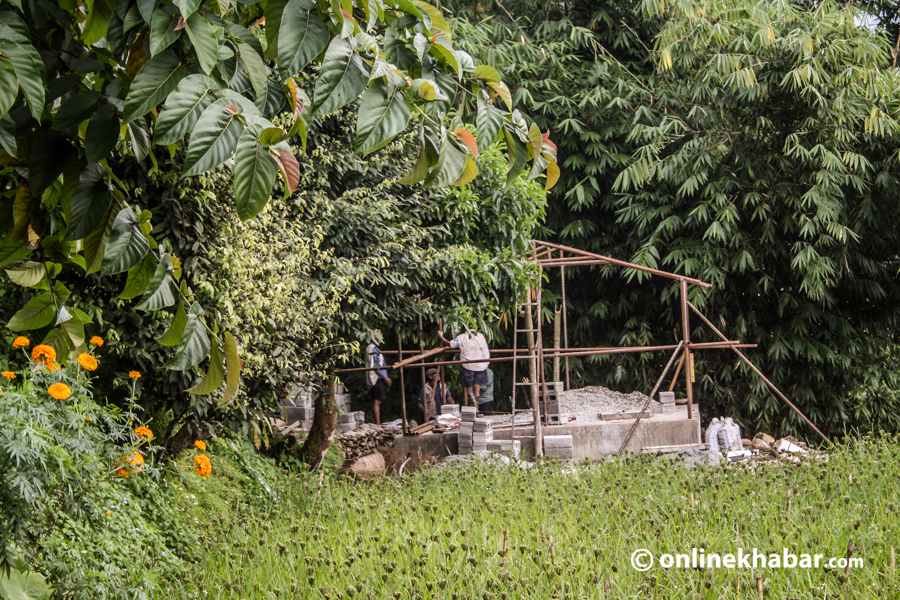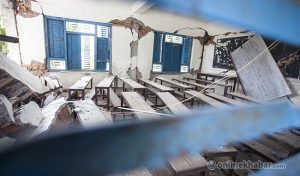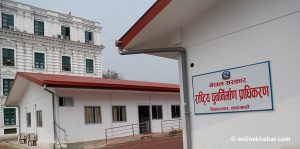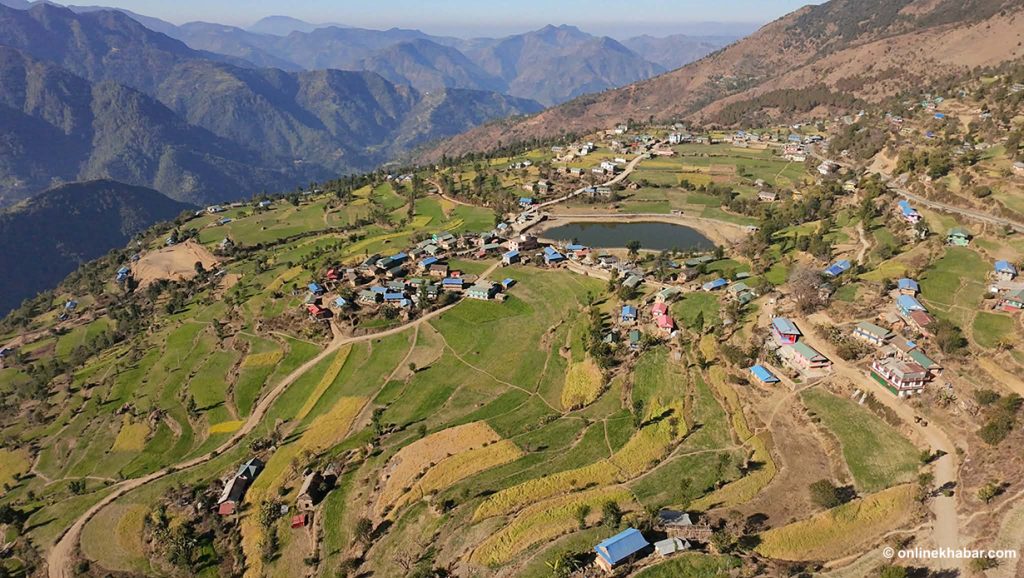
Almost four and a half years after the devastating 2015 earthquake, affected communities across Nepal are now driving towards recovery from their earlier reconstruction efforts.
Burying sorrows of their losses with efforts towards rebuilding, the communities have come to the final stages of reconstruction. However, while 61% of people have already rebuilt their houses, 39% are still without proper shelter. Such households, who belong to poor and vulnerable strata of the society, are still being forced to live in temporary shelters that are not resilient to climate or disasters.
Field experiences show various reasons for such households being unable to rebuild their houses. Outstanding issues of the landless, debt-trapped victims, house owners without access to knowledge and proper documentation, and physically handicapped victims among others have affected reconstruction in different ways and can only be resolved through targeted policy advocacy measures and other legal processes.
Here are some behavioural factors that hindered the households to complete the reconstruction on time.
Misuse of grant
When the first tranche of reconstruction grant was disbursed by the government during the Dashain festival four years ago, a large number of earthquake-affected house owners utilised the amount for their festive expenses rather than actual reconstruction. This became a huge behavioural barrier for rebuilding as it halted the reconstruction process of a large number of houses. This deprived them of their subsequent tranches for many months and forced them to continue living in temporary shelters.
Love for RCC buildings
Another barrier towards safe and resilient reconstruction has been people’s preference for the construction of RCC houses compared to traditional houses made of stone and mud. After the earthquake, the government failed to promote the construction of safe and resilient houses using traditional technology and locally available materials. Hence, people’s perception of a strong house and good social status swayed towards RCC buildings which are very expensive and resource-intensive. This has given rise to an unhealthy competition within local communities and resulted in huge debts for households who cannot afford them. Field experience of the Majhi community from Indrawati rural municipality – 10, shows the gap in reconstruction caused by lofty desires for RCC houses and poor economic condition, which has only pushed the community into a vicious debt trap.
Alcoholism
Alcoholism is yet another emerging problem in rural areas that has affected reconstruction efforts. Spurred by the lack of job opportunities and growing frustration with their poor economic conditions, alcohol abuse among young men has not only disrupted social harmony but also affected the pace of reconstruction. The drinking culture of some communities in remote areas often goes beyond limits and the decision-takers of the households, who are often men, fail to show initiative for reconstruction despite receiving their tranches. Many development organisations in the field who are working on reconstruction are well aware of this widespread problem.
Extensions of the term
Meanwhile, the repeated extensions provided by the government for reconstruction has failed to encompass people going through these barriers time and again. The government must create special policies for the poor and vulnerable households to support their reconstruction, improve people’s knowledge on safer reconstruction and incentivise the use of traditional technologies, generate better employment opportunities for those without jobs and provide social counseling who need it the most to bring about a behavioural shift. Unless the government fails to address these behavioural issues, the reconstruction period will continue to stretch even further, and the poor and vulnerable will continue to suffer from the financial burden.
























